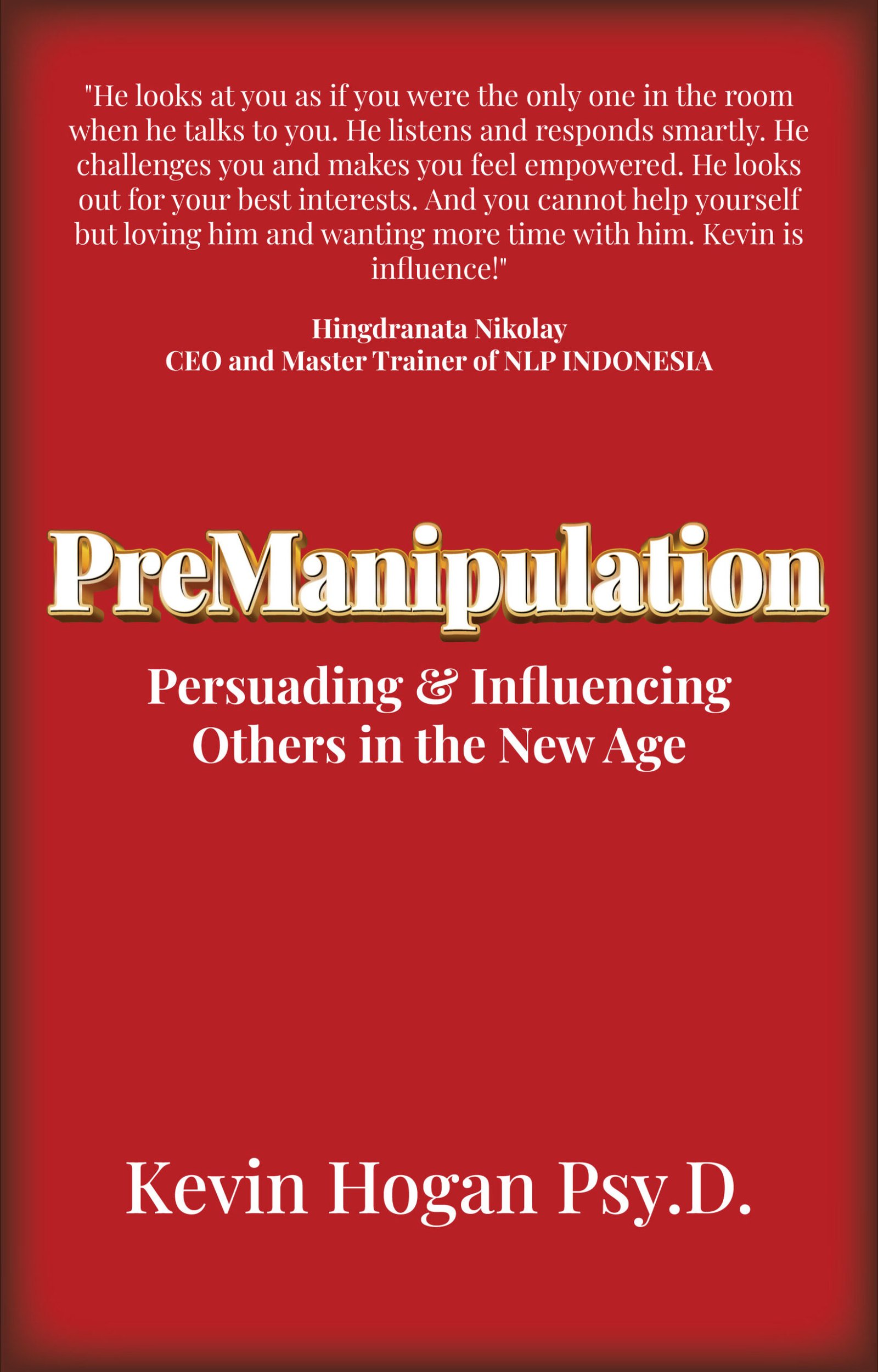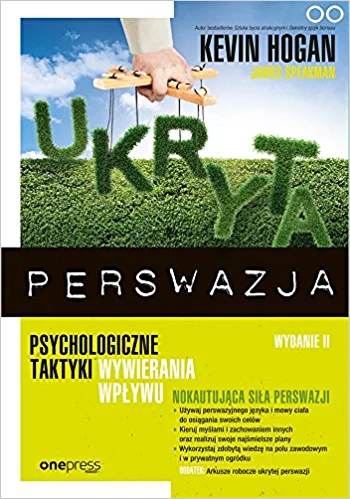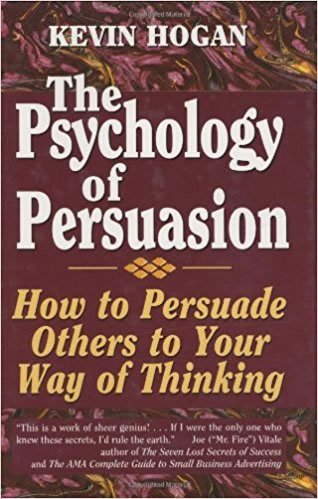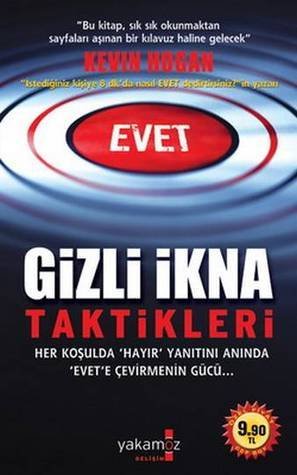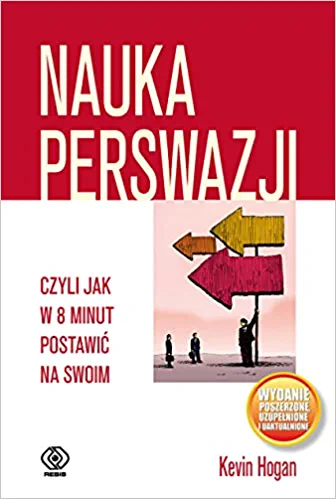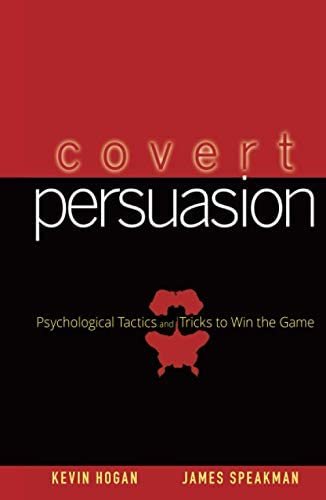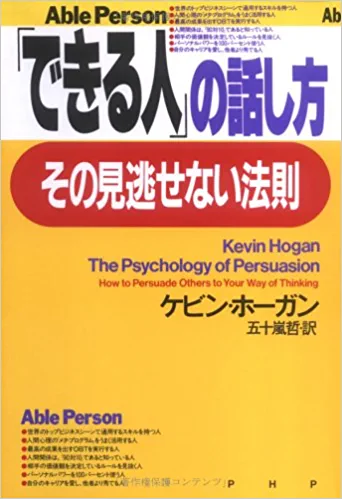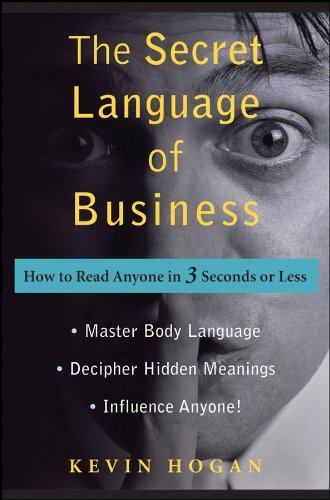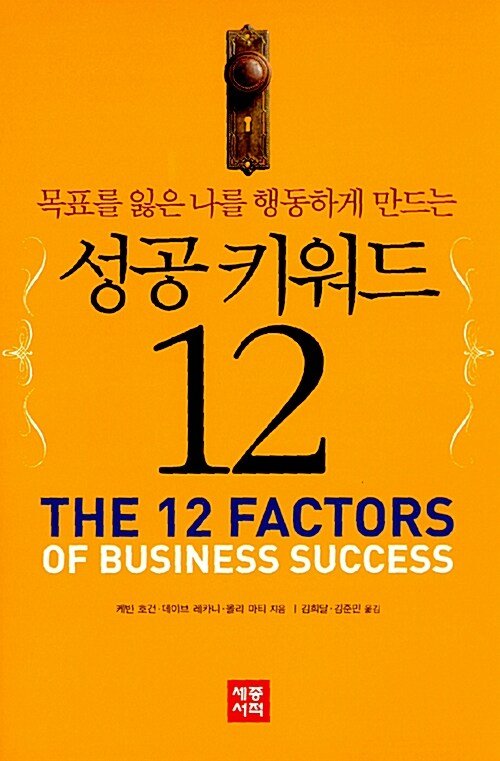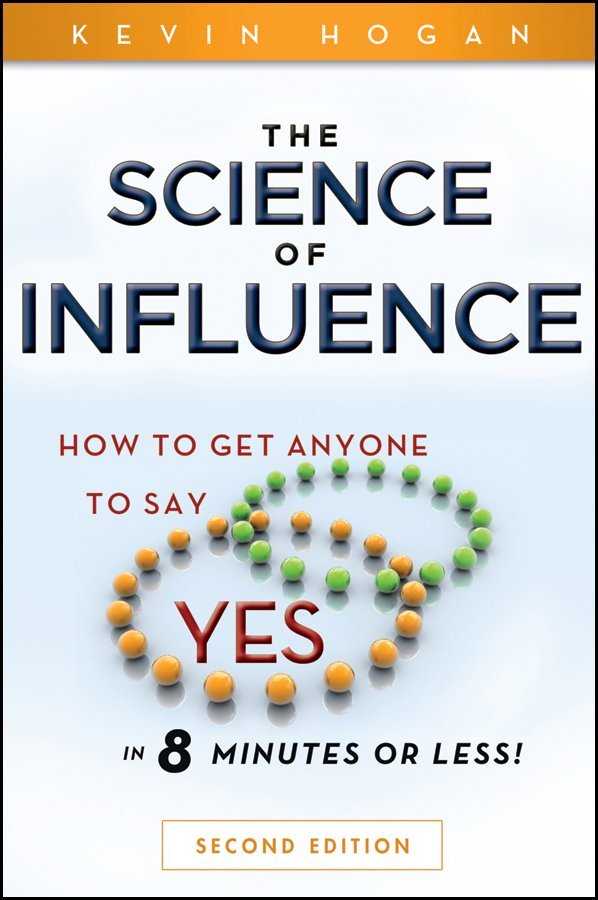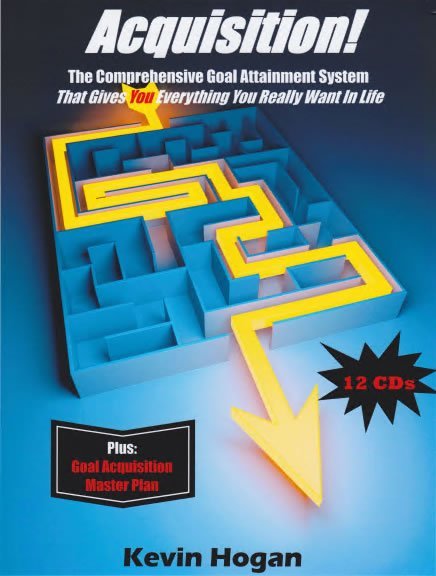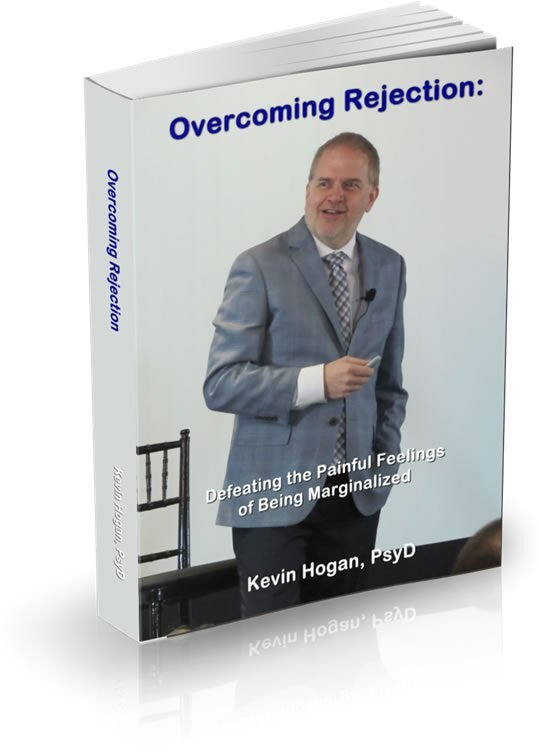Persuade People to Buy
using Sales Letters and Landing Page Copy
(Part Two of Three)
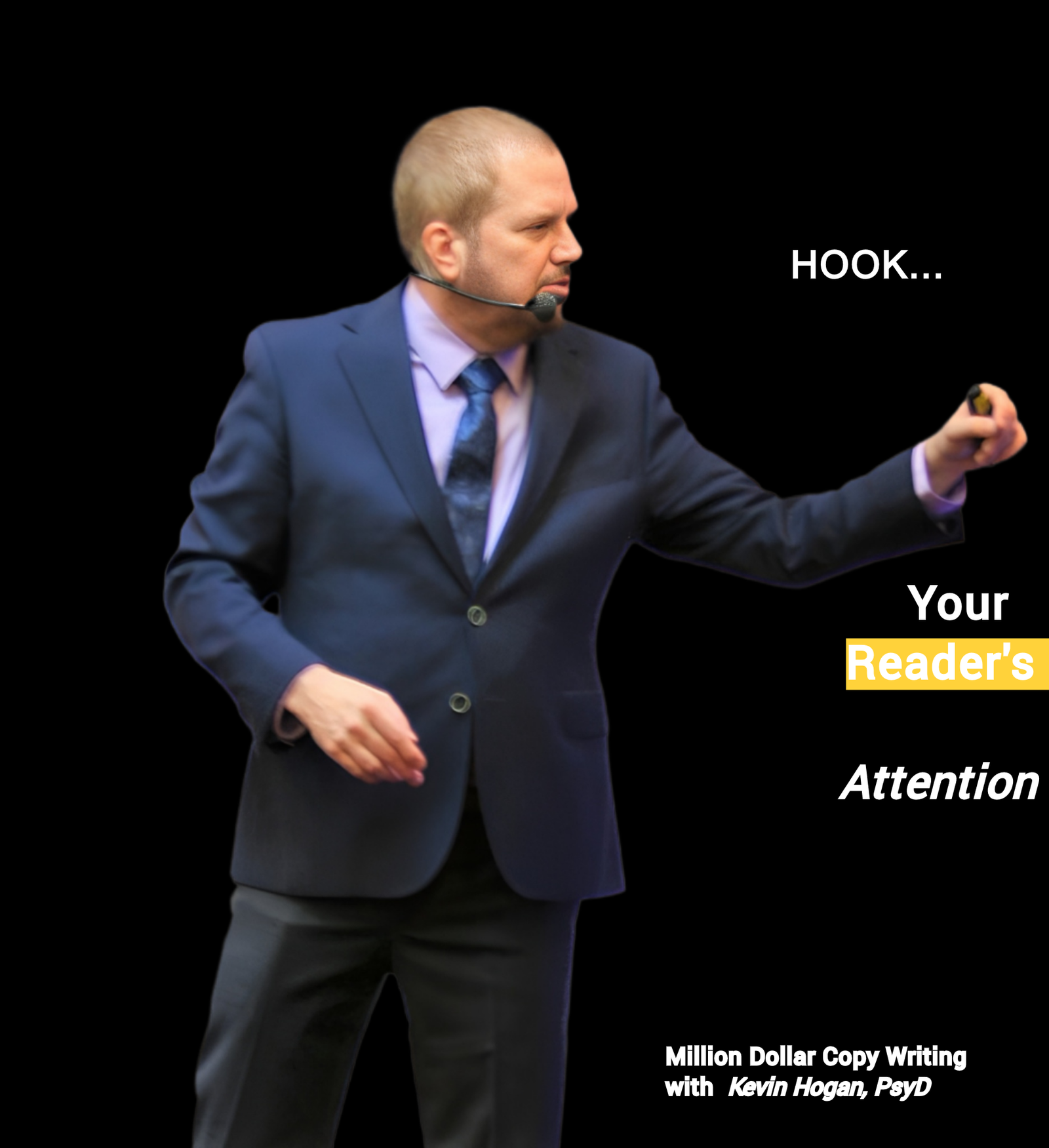
Step #3: Fixate (Hook) Your Reader’s Attention
Your headline grabbed your reader’s attention. Now you hook your reader and fixate that attention by using an engaging & persuasive “letter” opener.
Legend Point: Each word you write and each sentence you create is designed to cause your reader to keep reading.
Think of your persuasive copy as a giant slide, with the headline at the top. You want your reader to keep sliding down your sales letter effortlessly, eagerly. You need to keep him reading all the way down to “click to get your copy” button.
Enough About You … Let’s Talk About Me
Here’s what you must accomplish with your opener:
Make your copy all about the prospect. It’s all about them. Their fears, concerns, desires. You understand them. You feel and know their pain and frustrations.
Let me say this as plainly as possible: Your prospect (almost certainly) doesn’t care about you. He doesn’t care about your product. He only cares about himself.
He only cares about you or the product to the extent that you can help him.
New marketers create copy that revolves around themselves.
The copy is full of the words of the George Harrison song, “I, me, mine” and similar (instead of reader-oriented words like “you” and “your”).
Now stop right here.
There is nothing wrong with having “I” and “my” in your copy. If you cause your reader to identify with you, AND your experience absolutely resonates with his, AND your reader can completely wrap their mind around your experience, you can write about both of you.
If not …
… You must make it ALL about them.
Imagine that your copy came across as presenting how wonderful the product is (“it took four years to develop!”) and how great the creator is (“10 years of experience!”).
It’s not going to work out for him or for you.
Here’s the deal, your future customer only cares about those things if you can tie them into a real, tangible, benefit for him.
Otherwise, you’re participating in your own self gratification by including it.
Save it for the bar when you’re talking to your buddies.
Your reader doesn’t care.
Legend Point: ASSUME that EVERYTHING is ALL about them. This is seriously simple human nature! The next time you’re talking to someone, look at what they’re doing. They’re probably nodding and pretending to listen, but what they’re really doing is waiting for their turn to talk or walk. They want to talk about them and their problems, not you and your problems.
The same goes for your future customers. They don’t want to “listen” to you talking about you or the product. What they want to do is have a conversation about themselves.
Make your copy about your reader … and you’ll have a reader who can’t take himself away from your copy!
Going for results …
Keep the Reader in State
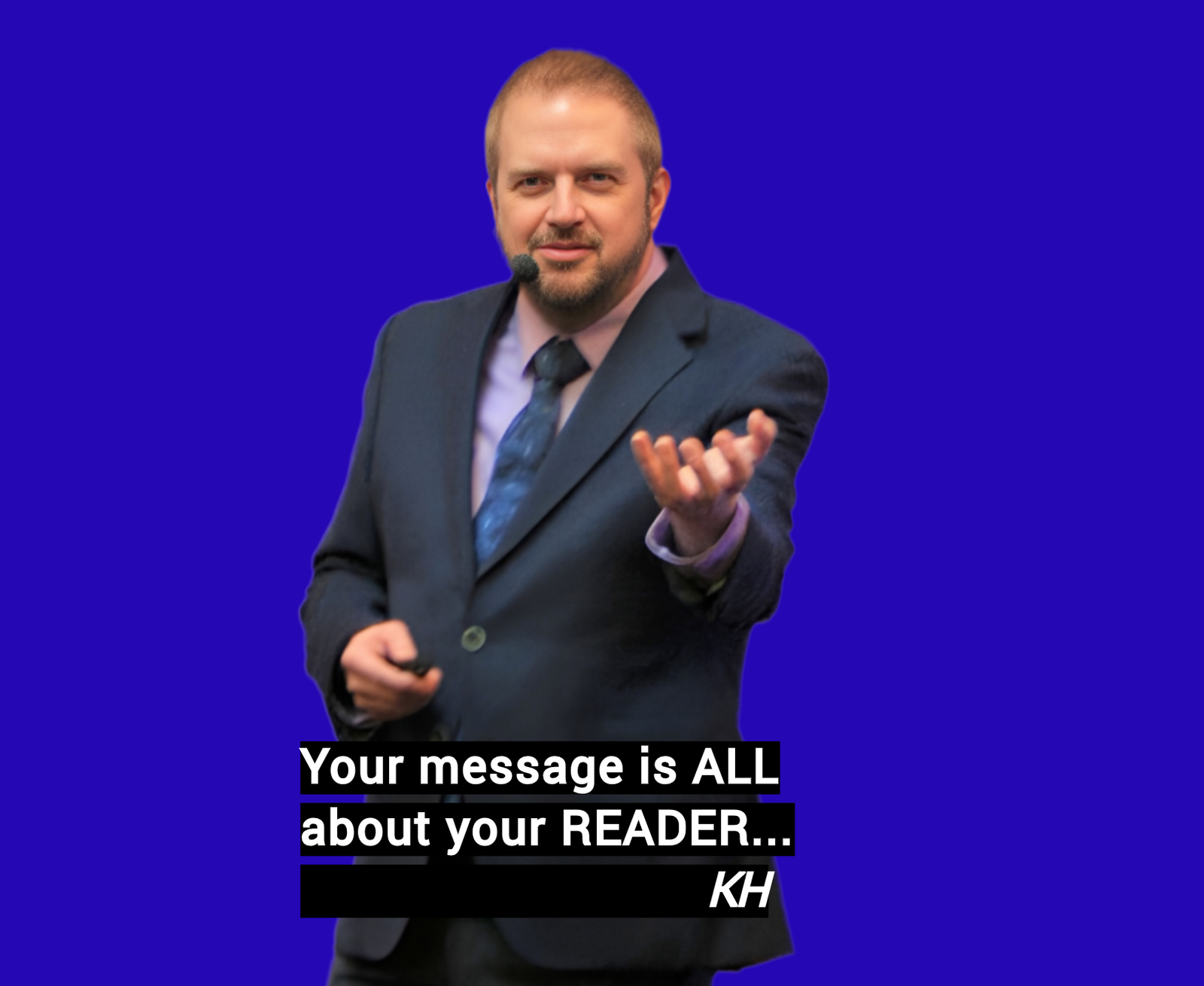
Your future customer is in a specific state.
They are either:
a) Information collecting/Browsing
or
b) Starring in the role you have set out for them from the beginning, seeing themselves in the movie you have written.
The Expert vs. The Non Expert
What this means is that if you are giving your reader information, you need to let them collect it all. These people are typically experts. You can close with a story or summarize but jumping back and forth between story and information is not going to help you gain the reader who likes information.
Meanwhile, story is effective for the non-expert, which for most types of copy, is the most effective approach. You don’t have to tell one specific story and maintain that plot all the way until “click” but you CAN.
Ultimately you can take your future customer through time and space and also have them resonate with your story as you merge your reality into theirs. This is extremely important and far beyond the scope of this article.
Going for Results
For the first 20-30 seconds or so after your reader has read the headline, they are reading because you piqued their level of fascination. If you want to keep your reader interested, there must be a CERTAIN RESULT in the opener of your sales letter.
This pay off may come in the form of a captivating story that he can identify with, more about the benefits he’s about to receive, or even a potent reminder of his problem and the pain it causes.
You are most likely and optimally going to be rubbing the wound at this point.
The opener must be directly related to the headline, and it must hold his interest to keep him reading.
Leave Them Hanging
Legend Point: Here’s a way to keep your prospect reading: Tell a short story and leave an open loop.
Screenplay writers call this a cliffhanger. Persuasive story tellers refer to this as an open loop.
You leave an open loop when someone is craving the answer to something, or needing to know what happens next, and instead of revealing, you open a new loop or story.
For example, let’s suppose you’re promoting a weight-loss class. You’re telling the story of a former student, Bill, who lost a lot of weight. You tell the story of this student’s problem, how embarrassing it was to be so big and how your class solved his problem.
Then assuming this is what Bill told you, you move forward in the story.
“Before I tell you what Bill’s ex-girlfriend said the next time she saw him, let me show you how Bill lost those 37 pounds over the summer …”
See how that works?
You create curiosity in Bill’s story by leaving the reader hanging and wondering what Bill’s ex-girlfriend said. Doing this keeps the prospect reading, which gives you time to persuade the prospect on the benefits of the class.
By the way, be sure to finish the story later.
Captivate and hold using …
Captivate and Hold
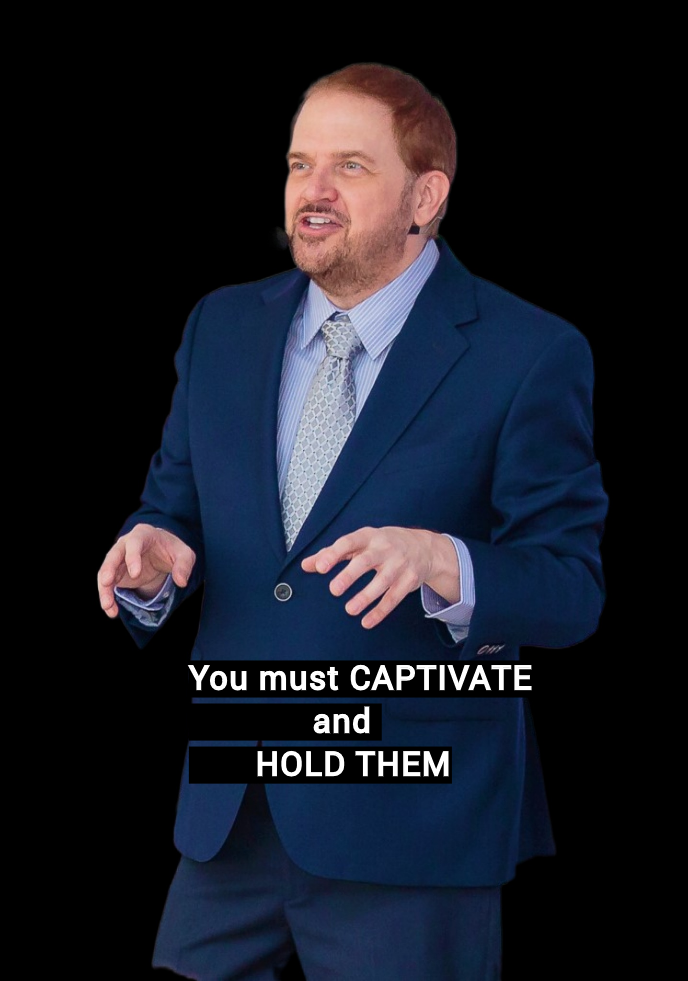 The Opening Story or Imagery is critical.
The Opening Story or Imagery is critical.
If the story is about you, they must immediately identify. If it is about them, it must captivate and hold.
“Remember the last time you asked? She said no. You had worked up the confidence to ask her out, convinced yourself that she’d say yes, but, then she gave you the “I’m trying to work out some stuff in my life story and you nearly collapsed …”
You’re telling them their own story.
How do you KNOW it’s their story?
Because human experience is more similar than most people expect.
People think their pain is unique to them.
And of course, there is truth in that. But there is a myth at the same time.
The circumstances are unique.
The pain is more universal.
And specifically, your HEADLINE drew the person for whom THIS STORY is being told.
You KNOW your reader because you SELECTED your reader.
Identify With Them Through Universal Emotions
One rejection story I tell often is the story of 247 rejections from publishers like Random House, Simon and Schuster and all the rest.
The story is one you’ve probably heard me tell, and I tell it because the entire story illustrates many different, IDENTIFIABLE, points of contact between you and me.
I’ve used this story to open many keynote presentations. Very few people can identify with being a writer. Most people can identify with being rejected over and over again. Most people can identify with being hopeless. Most people can identify with the universal story of not quitting and then succeeding.
Thus, the story is an excellent opener and it’s one that has a number of potential open loops that can be closed later in a presentation.
There are a number of different types of openers, but one I find compelling occurs when the headline is a big promise or claim and the opener is skeptical of the claim.
“I know you are thinking, ‘That’s crazy, there’s no way I could lose 37 pounds this summer … ‘”
Or
“You might be thinking, ‘there is no way that you can make someone who isn’t charismatic a people magnet, but here’s the thing …'”
These openers allow for a claim in the headline and the necessary skepticism to reduce reactance and resistance in the opener.
The more closely you mind-read the thoughts of the reader, the more likely they will identify with your description of (in this case) their skepticism.
Make Your Copy Appear Easy to Read
Last week I told you that people like quick and easy solutions. This is one of the more difficult challenges of writing copy because you must be both honest and optimistic. That applies to your sales letter too, meaning it should look like an easy read.
Here’s 5 ways to make your copy easier to read:
- Write short sentences and paragraphs. Make sure your first line is just one short sentence.
- Use lots of white space.
- Break up long paragraphs by using Johnson Boxes, bulleted lists and similar.
- Insert bold sub-headlines throughout your letter, which allows a skimmer to quickly get the gist of your letter. You’ll also want to include a P.S. that reiterates your main benefit and creates a sense of urgency. (This is because a P.S. is one of the most-read parts of your sales letter, since people tend to read the headline, skim the copy and skip down to the P.S.)
- When you’ve finished your letter, read it out loud. Or better yet, have someone else read it out loud to you. Doing so will help you uncover those parts of the letter that slow down the reader. Of course, you want to fix these parts.
If your copy looks like a Calculus text book, it won’t get read.
Show the reader you care (and that you understand the problem).
Your prospect has probably tried a lot of solutions, and she still has her problem. She’s beginning to think no one truly understands this problem (and perhaps no one cares).
Until now.
You should show her that you understand her problem by talking about the pain of the problem. Perhaps share a story that she can identify with (how someone she can easily identify with overcame the same problem). And let her know she’s about to get her solution (at last).
It’s okay to rub the reader’s wound as long as you …
Rub the Reader’s Wound
 It is 100% OK to let the reader feel the pain of his problem (and the joy of finding a solution).
It is 100% OK to let the reader feel the pain of his problem (and the joy of finding a solution).
People take action when they are in pain. More specifically, they take action when they reach the “end of their rope.”
Ever hear the story of the spouse who moved out because they reached the “end of their rope?”
The reality, of course, is that first there was no rope. The second is that there was no beginning. They didn’t work to solve the problem in a way that was effective at any point.
But they MOVED when they reached the “end of their rope.”
Everyone has the feeling that they are at the end of their rope in certain contexts.
And humans go from no action taken, to no action taken, to no action taken, to CATAPULT.
You are the trigger of the catapult for your reader.
You are going to cause them to take action today.
Please always be certain that the action you direct them to REALLY will solve their problem.
People buy because they are in pain.
Think: Retail Therapy
Buying makes them “feel better.”
Even if they can’t afford it, they still feel better chemically (in their brain).
People tend to do the most foolish things when they are down and out. They run away from a problem, leave it sit by doing nothing and “hoping” or they go and do retail therapy.
Your job is to get them to take a directed action that actually will remove the pain.
People rarely buy or do anything because it makes sense or because the action is logical.
People are stimulus/response creatures, almost always non-conscious, and take action when they feel fear, pain, hurt.
Use One of the Magic Words
The most elementary way to cause someone to take an action is specifically asking your future customer to imagine how it feels and what it MEANS to have his problem. (Then later, you ask him to imagine how good it will feel to have his problem solved.)
Here’s an example of asking the reader to relive the pain of an obesity problem:
“Do you remember the first time someone made you feel bad about your weight? You felt naked and thought everyone looked at you and thought you were disgusting. You felt that catch in your throat. And for the first time, you really felt fat …”
Here’s an example of asking him to imagine what it will feel like after he’s taken your class:
“Imagine how you’ll feel seeing your ex-girlfriend’s jaw drop when she sees you at the beach …”
Legend Point: You MUST get people to IMAGINE and the simple use of the word encourages that to actually occur. You’ll notice in the above example that I used the word “imagine.” You want your future customer to imagine receiving the benefits of your class.
When a prospect can IMAGINE the benefits, it’s easier for him to make the buying decision.
That’s why car dealers are always so eager to get you behind the wheel for a test drive. They know that once you’re behind the wheel, you’ll start imagining that you own the car. Doing so elicits a pleasant emotional response, which creates that overwhelming desire to purchase the car.
You want to accomplish the same outcome with your future customer. You need to get his imagination going to elicit that emotional response. Once he’s in an emotional state and the emotion has been shifted from x to y (fear to relief, for example) you’re that much closer to getting clicked.
Next step: make their knees buckle with desire …
Step #4: Create the Magnificent Obsession (Make Their Knees Buckle)
By now your reader is interested in your class (product/service/whatever) enough to keep reading your letter.
Here’s where you need to turn casual interest into an obsession. And you do that by laying out every single benefit your prospect will receive once he registers for your class, buys your product or service.
Lay It All Out There
Look at almost any good sales letter and you’ll see what are called “bullets.”
Those are the benefits of the product listed in bullet points. The reason they’re formatted this way is because it makes them easy to read (and they catch the eye of the person who’s merely skimming/scanning the copy).
Earlier we talked about the difference between features and benefits. This distinction is important again here, because you want to give your future customer benefits. In some cases, you may weave together the features and benefits.
Here is an example using the scenario of the weight-loss class.
Perhaps a feature of a weight-loss class is that it includes a lesson on good nutrition. The benefit is that the prospect will discover how to lose weight quickly yet safely. Here’s what the bullet might look like:
- You’ll discover the nutrition secrets that burn fat quickly and safely – yet you’ll never feel hungry or deprived!
Notice that the above benefit looks a lot like a good headline, in that it includes trigger words (like you, discover, quickly, secrets) as well as promising a big benefit.
Indeed, you can think of your benefit list as a list of mini-headlines.
That means your benefit list should be oriented towards the reader and it should arouse curiosity whenever possible.
Fortunately, arousing curiosity is fairly easy when you’re selling an information product. That’s because you can hint at what the prospect will discover without giving away the whole secret. And then to really push the curiosity button, you can add a page number or equivalent.
For example:
- Find out what common diet food actually makes you gain weight! (You’ll learn about this in the very first hour of the class – see page 11 of your manual – for the surprising answer.)
Handling Objections and Resistance
As your future customer reads your letter, he’ll naturally have a few points of resistance.
Perhaps he doesn’t believe you.
Perhaps he thinks he can’t afford the product right now.
Perhaps your product has a perceived flaw.
Whatever it is, you need to raise these objections and handle them.
The objections or points of resistance are in your future customer’s head right now.
They either feel them or think them.
You’re not going to succeed if you try to create amnesia for legitimate concerns someone has.
In fact, you’re not going to succeed if you try to create amnesia for illegitimate concerns someone has.
If you try to deny them or ignore them, your prospect will become suspicious. Bring them up immediately and then resolve their objections.
Legend Point: If you’ve spent some time getting to know your niche market, you’ll have some idea of their objections. You’ll also want to read other sales letters in your niche to see if they bring up objections that you didn’t think of.
Finally, pay careful attention to any pre-sale questions you get, as people will often tell you their objections when they contact you.
Three ways to zap objections …
3 Ways to Help You Deal with Objections
Turn disadvantages into advantages.
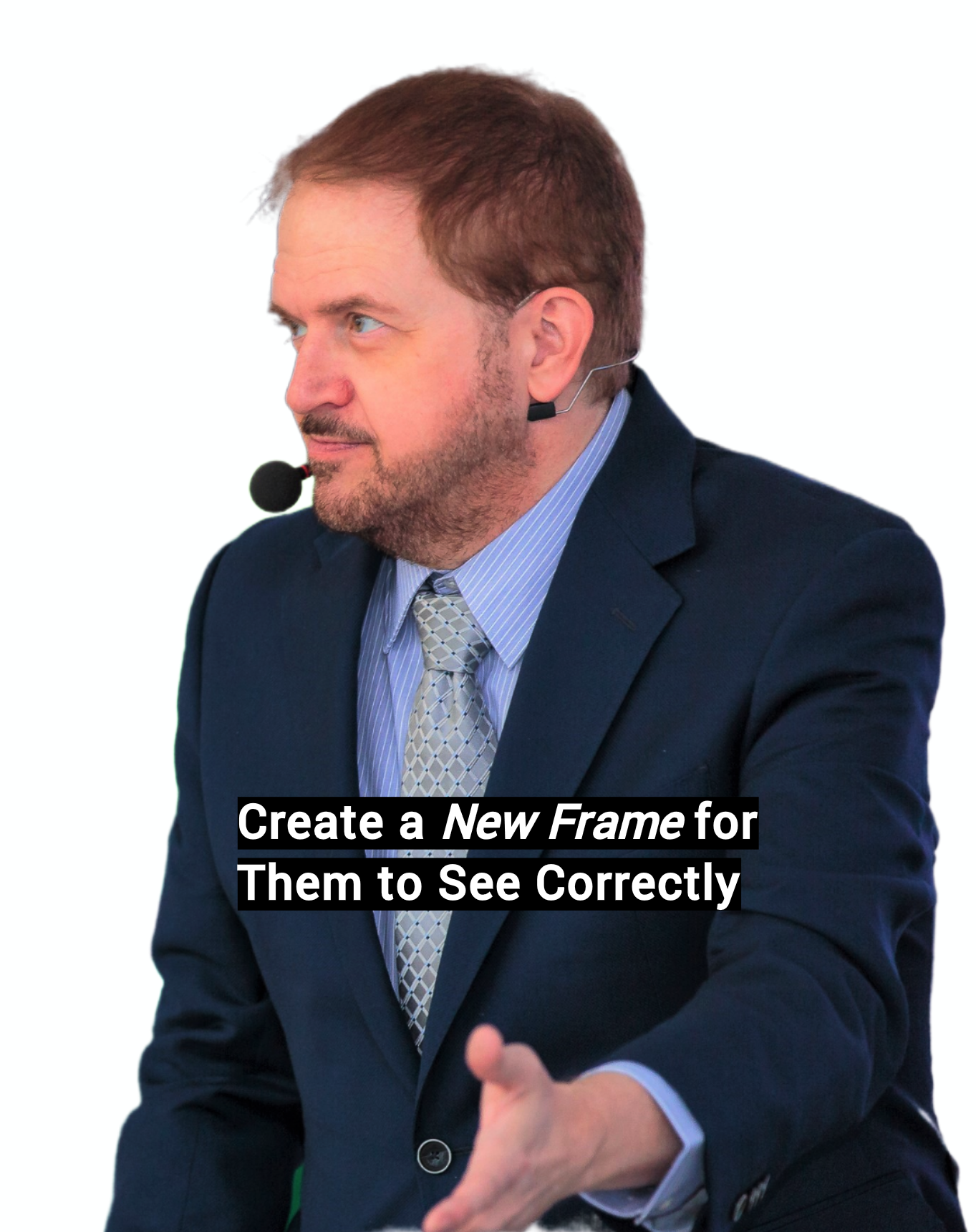
Reframing
When I first learned to sell, I was taught to use this sentence, “That’s exactly why you should.”
Potential customer says, “I can’t afford it right now.”
Response: “That’s exactly why you have to have it now (justify).”
Potential customer says, “It’s in June. It’s a bad time.”
Response: “That’s exactly why you want to do it. You must …(justify).”
This simple line of thinking helped me reframe resistances. I would encourage you to try the thinking process on for a week. You don’t need to verbalize in your daily encounters but you can imagine what you might say.
Then after you see how reframing works, you can easily incorporate reframing into your copy.
Your product or service HAS some sort of flaw (or at least what could be perceived as a flaw by part of your target market). You must address this flaw and turn it into an advantage.
If some people perceive the lessons, in the scenario of a weight loss course, for example, as “too short,” you know you can reframe that.
The reframe?
“There is no fluff, no filler – just straight-to-the-point content you can start using immediately!”
Show Proof
One common problem copy writers have is that prospects don’t believe you.
Why should they?
The answer is that you are telling the truth and you have evidence.
That means using screenshots, before and after pictures, videos and whatever else will help you prove your case. Use testimonials and case studies.
Reverse the Risk
Legend Point: It’s not just YOU that they don’t believe. They probably don’t believe in themselves! They don’t believe that even if they HAVE the PROVEN PROCESS that THEY will make it happen for them.
Again, this is human nature.
Most people don’t really trust themselves to accomplish X.
This non-conscious muck shapes how people behave all day long. And when it comes to buying, people often need ALL the risks removed.
You don’t create guarantee policies as an invitation for people to ask for a refund.
Instead, you use them to take the risk off your prospect and put it squarely on your shoulders. And in doing so, you’ll increase your conversion rate.
Refunds will happen, by the way. There is always someone out to take advantage of someone else. In general, don’t worry about the refund requests you get. Any refunds you get will be far outweighed by the higher response rate you’ll enjoy.
If for some reason this turns out to NOT be the case, then you must re-evaluate both your product/service AND the copy used to sell it.
Ultimately by the time you’ve spelled out all the benefits of your product/service, ignited your future customer’s desire and resolved his objections, he’ll be prepared to buy.
And the last step for today …
Step # 5: Give Directions on What to Do Next (“Buy Now!”)
You’ve done a great job with your copy. Your prospect wants your product so bad that it’s all he can think about. He hasn’t clicked away from your message and is PREPARED to buy.
Now it’s time for you to take their order by providing a strong call to action, which is an explicit statement or two telling your prospect exactly what to do next.
Since your prospect is reading a sales page and since there’s an order button on the page, it seems pretty obvious what your prospect should do next. And yet marketers have found that providing an explicit call to action actually boosts sales.
Offline marketers in a number of studies running commercials found that providing a telephone number with the instruction “call now” resulted in a much higher conversion rate than simply providing the telephone number!
Similarly, online marketers have a higher conversion rates when they give clear instructions such as, “Grab your credit card and click the ‘buy’ button below to get started now …”
Legend Point: Tell your prospects exactly what you want them to do and how they should do it.
Urgency
The second key to success in closing the sale is that you need to provide a sense or urgency.
Sometimes, getting your future customer to realize that he can’t live another day without owning your product/service provides enough urgency to make him buy now.
But more often than not, you’ll need to push the urgency button even more by creating a fear of loss.
Here’s why …
If you take your future customer from the depths of despair and bring them to a point of emotional relief, you must make it obvious that NOW is the time to act.
If he walks away, he probably won’t come back.
Why?
Because he’ll come off that emotional high that put him in the buying mood.
His enthusiasm for your product/service will wane the second he clicks away from your page.
Whatever benefits your class provides just won’t seem as exciting any more.
He’ll keep thinking that he’ll order “later.” And the more time that elapses, the less likely it is that he’ll remember to come back and order.
That’s why you need to give him a reason to buy right now.
Here are a few ways to do that using the weight loss class as your scenario:
- Remind him of the limited class size. Let him know the class will likely fill up and he’ll miss his chance to join if he doesn’t register right now. Explain why the size is LIMITED.
- Tell him the class starts soon. Be certain he knows he can’t join after the class starts. This works particularly well if the class is starting in day or two.
- Offer him a limited-time discount if he orders now. When you first launch your promotions, you may offer “early bird” discounts for anyone who buys within the first few days.
- Give a “fast action” discount to the first X number of people to join. Instead of putting a time limit on the discount, offer the discount to the first 10 or 20 people who join your class.
- Create a “fast action” bonus offer. Instead of offering a discount, you can offer an extra bonus to those who join by a certain date OR who are the first X number of students to register for the class.
Closing with a P.S.
After the call to action and the order button, you’ll sign your letter and then include a P.S. The P.S. is important because after the headline, it’s the most-read part of the copy.
That’s why you should reiterate a main benefit in your P.S. Include a sense or urgency in the P.S. as well.
Testing 1,2,3
Do all of these things and then TEST your copy. Change and adjust your copy until you have the optimal response.
NO ONE can write the perfect piece of copy on the first try. You have to tweak, delete, add, change, adjust and shift. Because of analytics, this is easier to do now than at any point in history!
Every professional tests … everything.
Every professional makes changes after looking at the analytics for the page.
For example, if it takes 15 minutes to read your copy but the average page view is only 45 seconds, you know that you have something lousy going on at the top. Perhaps it’s the headline. Perhaps it’s your opener.
Perhaps the page looks terrible to the eye.
Whatever it is, this problem is above the fold. (On the screen when they arrive at the page.)
Use all of your analytics and you make your task much, much easier.
Using the tools in this article will help you be more profitable.
Reserve your spot now!
Kevin Hogan Personal Appearances, Classes & E-Courses
See Kevin Hogan “Live” in person, or participate in an online comprehensive course with personal attention from Kevin Hogan!

